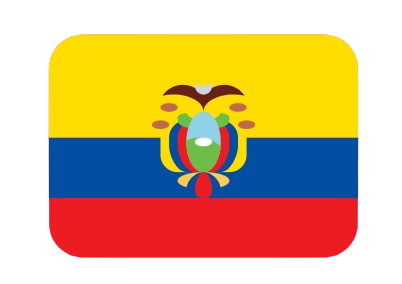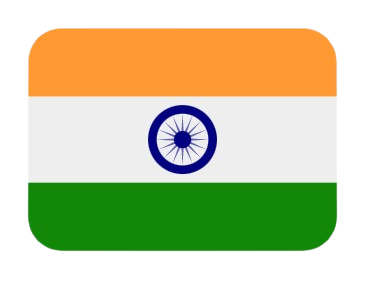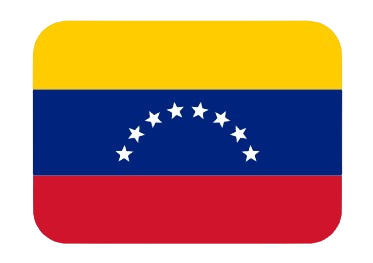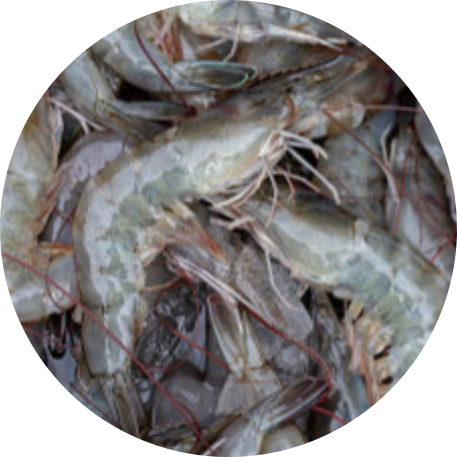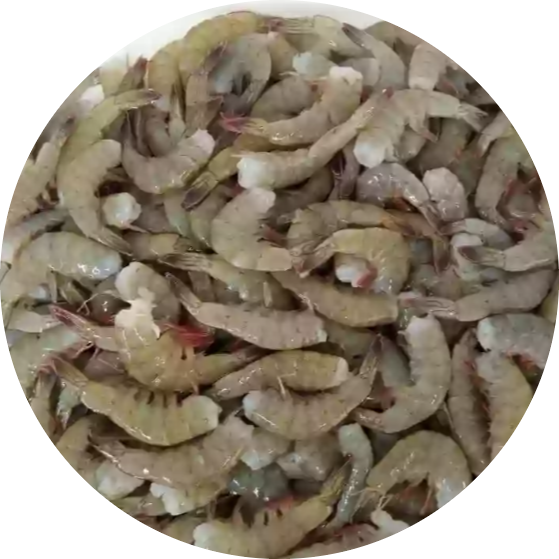Vannamei Shrimp Production Profiles Across Countries
The vannamei shrimp industry is a dynamic and rapidly expanding sector that spans numerous countries. As industry enthusiasts, we are captivated by the constant changes that keep us on our toes. A major shift involves the evolution of shrimp production profiles in different countries. Gone are the days of stable production in terms of quality and quantity. New players are entering the market, and existing producers are adapting their specialties to meet shifting demands.
To give you a snapshot of the countries we actively engage with, we've prepared brief overviews. However, our goal is to make these pages more dynamic, reflecting the latest developments we observe throughout the year.
Ecuador: World's Leading Shrimp Producer
Ecuador holds the title of the world's largest shrimp producer. In 2022, the country's aquaculture production of vannamei shrimp surpassed 1 million tons for the first time, reaching 1.01 million tons.
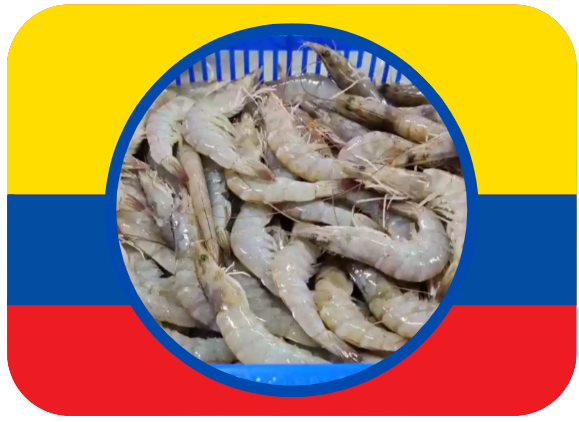
The Ecuadorian shrimp industry offers a variety of shrimp types, such as:
While Ecuador has historically been known for its HOSO products, in recent years, the country has broadened its offerings to include headless and value-added shrimp. This diversification has enabled Ecuador to penetrate new markets, although its product range is still somewhat limited compared to India.

Ecuador Shrimp Size
20-30 / 30-40 / 40-50 / 50-60 / 60-70 / 70-80
The 40-30 size is preferred by most farmers. However, this preference can vary depending on the region and individual farmer.
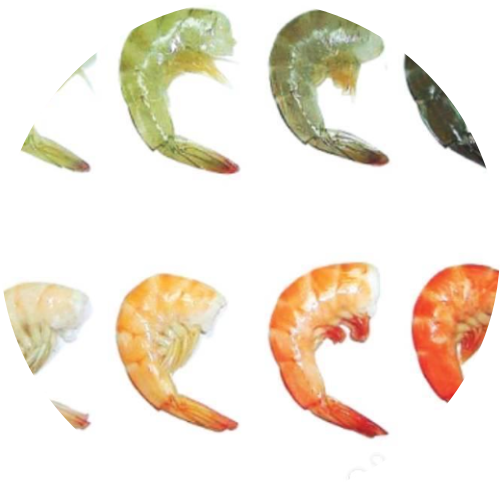
Ecuador Shrimp Color
Shrimp colors span from A2 to A4, with the majority of production classified as A3. Ecuador can produce shrimp all year round.
Our Insights:
Ecuador is akin to a vast shrimp supermarket, where you can find an array of forms, sizes, and qualities. In Ecuador, we can produce a wide range of products. If you can name it, we can make it.
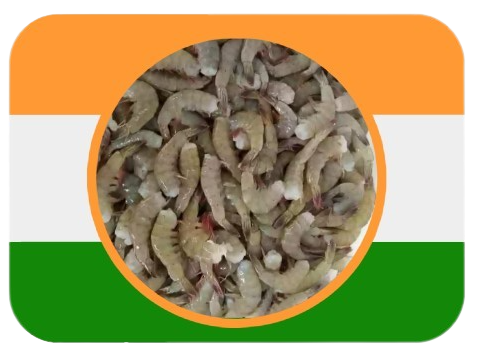
India's Remarkable Rise in Vannamei Shrimp Production
In recent years, India has emerged as one of the top producers of vannamei shrimp. The country's total shrimp production grew from 100,000 tonnes in 2010 to 937,000 tonnes in 2021.
India primarily produces:
India's main products are HLSO and value-added products, with a long history of supplying American supermarkets with the latter. The country also exports HLSO as raw material for reprocessing to China and other nations.
The traditional shrimp season in India runs from April to November, but recent trends have deviated from this pattern. It is worth noting that black tiger shrimp production has been increasing annually.

India Shrimp Size
Indian producers offer a wide array of HOSO sizes, ranging from larger to smaller counts:
5-10 / 10-20 / 20-30 / 30-40
40-50 / 50-60 / 60-70 /70-80
80-100 / 100-120
However, HOSO volumes in India remain relatively low.

India Shrimp Color
The primary colors are A2 and A3.
Our Insights:
Although HOSO production in India is limited, we create a remarkable HOSO product. The black tiger shrimp from India should not be overlooked. This year's harvest was highly successful, leading more farmers to shift to black tiger production. As a result, prices are decreasing, and additional opportunities are arising.
We anticipate that India's black tiger shrimp will gain a larger market share in your country, so we recommend starting to import it now.
Venezuela's Rising Vannamei Shrimp Production
Venezuela may be a modest producer of vannamei shrimp, but its production levels have been consistently growing over the years. The country has experienced a significant increase in output recently. Projections indicate that Venezuelan shrimp production will reach 5.011 million MT in 2022, a considerable rise from the 4.569 million MT recorded in 2021.
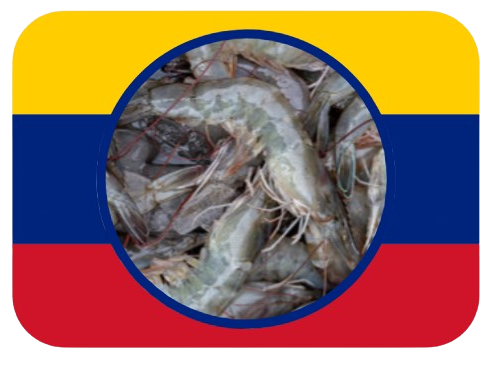
Venezuela's primary shrimp products include:
The number of Venezuelan shrimp farmers and exporters remains relatively small due to a consolidation process. Container shipping from the country is limited, with typically only two boats departing monthly.

Venezuela Shrimp Size
With more harvest cycles annually than other countries, Venezuela specializes in smaller-sized HOSO shrimp:
40-50 / 50-60 / 60-70 / 70-80
Smaller HLSO shrimp sizes are also available:
100-120 / 120-150 / 150-200

Venezuela Shrimp Color
Venezuela offers both light and dark-colored shrimp, with A3 and A4 being the most commonly exported varieties. Europe is the primary market for Venezuelan shrimp, accounting for 92% of its exports. The shrimp is predominantly used in cooking factories.
Our Insights:
Despite the challenges of working in Venezuela, the country's shrimp production holds a special significance for us. We recommend exploring opportunities to purchase Venezuelan shrimp.

